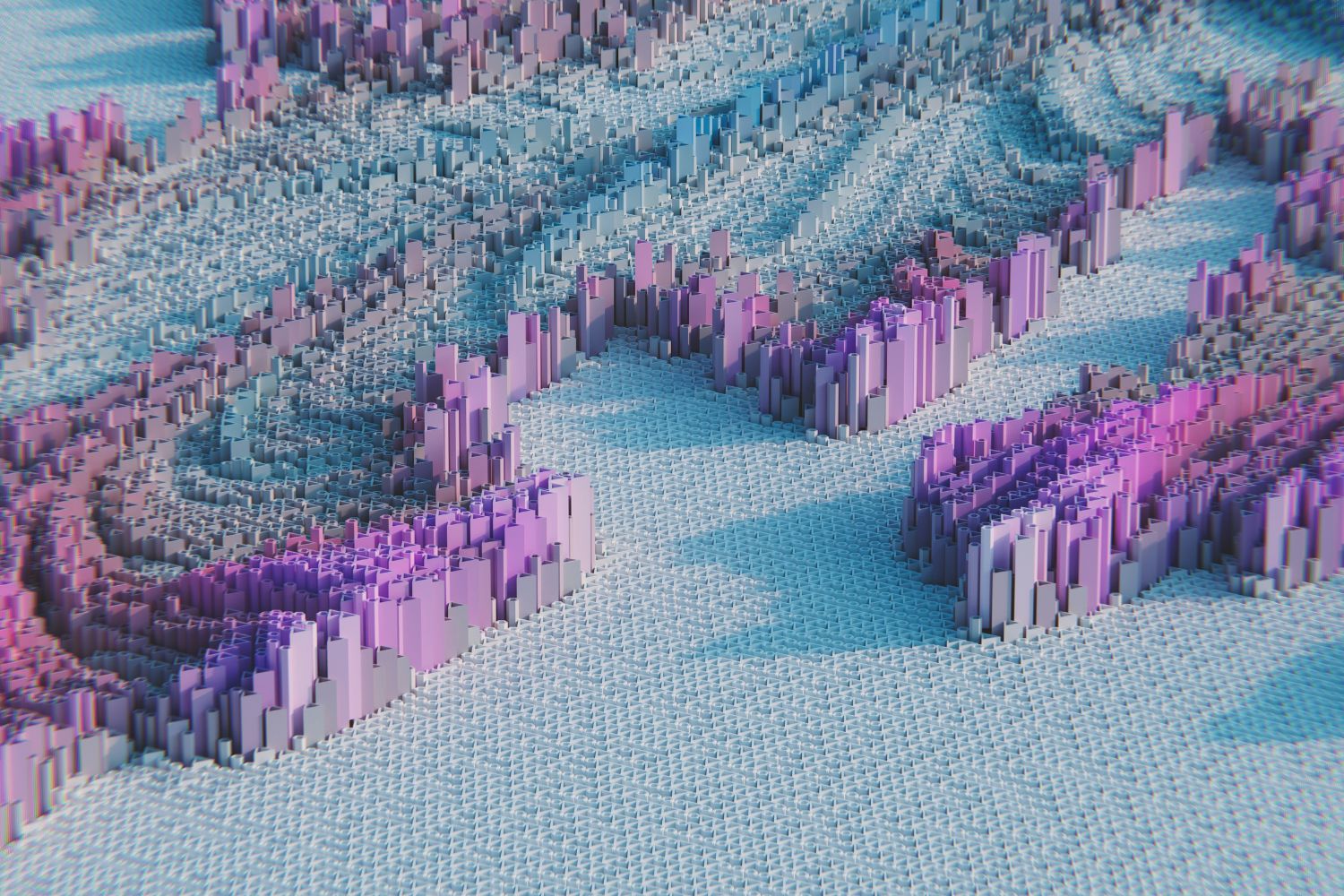- Home
- Articles
- Architectural Portfolio
- Architectral Presentation
- Inspirational Stories
- Architecture News
- Visualization
- BIM Industry
- Facade Design
- Parametric Design
- Career
- Landscape Architecture
- Construction
- Artificial Intelligence
- Sketching
- Design Softwares
- Diagrams
- Writing
- Architectural Tips
- Sustainability
- Courses
- Concept
- Technology
- History & Heritage
- Future of Architecture
- Guides & How-To
- Art & Culture
- Projects
- Interior Design
- Competitions
- Jobs
- Store
- Tools
- More
- Home
- Articles
- Architectural Portfolio
- Architectral Presentation
- Inspirational Stories
- Architecture News
- Visualization
- BIM Industry
- Facade Design
- Parametric Design
- Career
- Landscape Architecture
- Construction
- Artificial Intelligence
- Sketching
- Design Softwares
- Diagrams
- Writing
- Architectural Tips
- Sustainability
- Courses
- Concept
- Technology
- History & Heritage
- Future of Architecture
- Guides & How-To
- Art & Culture
- Projects
- Interior Design
- Competitions
- Jobs
- Store
- Tools
- More
Game-Changing Tech Gadgets That Will Revolutionize the Way Architects Work
Discover groundbreaking tech gadgets transforming architecture! From BIM and laser scanning to AR glasses and 3D printers, learn how these tools enhance efficiency, precision, and sustainability. Explore eco-friendly solutions like solar panels and self-healing concrete that drive modern architectural practices.

In the fast-evolving world of architecture, staying ahead of the curve means embracing cutting-edge technology. From smart tools to innovative software, tech gadgets are transforming how architects design, plan, and execute their projects. These advancements aren’t just making our jobs easier—they’re revolutionizing the entire industry.
Imagine drafting blueprints with augmented reality or using drones to survey a site from every angle. The possibilities are endless, and the benefits are profound. As we dive into the latest tech gadgets, we’ll explore how these tools can enhance creativity, boost efficiency, and elevate the quality of our work. Get ready to discover the future of architecture, one gadget at a time.

Table of Contents
ToggleImportance Of Technology In Architecture
Embracing technology in architecture drives efficiency. Using tech, architects can streamline workflows, reduce human errors, and accomplish tasks faster. Digital tools like Building Information Modeling (BIM) provide enhanced coordination capabilities. BIM allows us to integrate different aspects of a project into a single model.
Innovative tech also aids precision. Laser scanning provides accurate measurements for remodeling projects. With these tools, miscalculations drop, saving time and resources. Advanced software helps architects generate complex designs that manual methods can’t achieve.
Tech fosters collaboration. Cloud-based platforms allow teams to work together seamlessly, regardless of location. Sharing updates in real-time ensures everyone stays informed, reducing miscommunication.
Technology enhances visualization. Utilizing virtual reality (VR) and augmented reality (AR), we can create immersive models of projected buildings. Clients can experience a 3D walkthrough, helping them make informed decisions. This level of interaction wasn’t possible with traditional blueprints.
Smart gadgets improve project management. Drones provide aerial views, enhancing the site survey process. Smart sensors monitor building conditions, ensuring everything adheres to safety standards. These tools enable us to make data-driven decisions.
Innovative Design Tools
Architects benefit significantly from innovative design tools, enhancing precision and efficiency in their projects.

Virtual Reality Software
Virtual Reality (VR) software facilitates immersive design visualization. Architects can immerse themselves and clients into virtual spaces, offering a realistic sense of the finished project. Tools like SketchUp Viewer, Enscape, and IrisVR allow detailed walkthroughs and highlight potential design issues early. This early analysis and correction save time and reduce costs.
Building Information Modeling (BIM)
Building Information Modeling (BIM) integrates comprehensive project data. By using BIM software like Autodesk Revit, AutoCAD Architecture, and ArchiCAD, architects manage every aspect of a project in one unified model. BIM improves design accuracy, enhances collaboration with stakeholders, and streamlines project timelines. Integrating structural, electrical, and plumbing details ensures compatibility and reduces the risk of errors.
Cutting-Edge Construction Gadgets
Technological advances are transforming how architects operate. Latest tools enhance site surveys, design precision, and project workflows.
Drones For Site Surveys
Drones provide accurate site data quickly. They capture high-resolution images and videos, helping architects assess terrain and existing structures without needing to visit the site physically. This technology reduces survey time from weeks to days, producing detailed maps and 3D models. For example, DJI Phantom 4 RTK and Parrot Anafi USA offer centimeter-level precision, aiding in project planning and reducing human error.
3D Printers
3D printers allow architects to produce physical models of designs rapidly. These devices convert digital blueprints into tangible objects, improving design communication and client presentations. They also speed up prototyping phases, enabling quick modifications based on feedback. Specific models like Stratasys J55 and Ultimaker S3 create intricate designs using various materials, offering a comprehensive view of the final structure.

Smart Office Equipment
Integrating smart office equipment into architectural practice can significantly enhance productivity, communication, and design accuracy. Here are some game-changing tools:
Augmented Reality Glasses
Augmented Reality (AR) glasses like Microsoft HoloLens 2 and Magic Leap 1 provide architects with immersive visualization capabilities. Using these glasses, architects can overlay digital models onto physical spaces, offering real-time views of designs within actual environments. By interacting with 3D models at a 1:1 scale, designers can identify potential issues before construction begins. This technology also supports collaborative design sessions, enabling team members to view and interact with the same model simultaneously.
Digital Sketchpads
Digital sketchpads such as Wacom Cintiq Pro and Apple iPad Pro offer architects a dynamic way to create and adjust sketches swiftly. These devices feature high-resolution touchscreens and styluses that mimic traditional drawing tools, providing the tactile feedback necessary for detailed design work. With enhanced portability, architects can sketch ideas on-site, making immediate modifications based on real-world conditions. They also integrate with design software like AutoCAD and SketchUp, streamlining the workflow from initial concept to final rendering.
Smart office equipment, including AR glasses and digital sketchpads, revolutionizes how architects visualize, design, and collaborate, pushing the boundaries of architectural innovation.

Sustainable Solutions
Emphasizing sustainability is crucial in modern architecture. Tech gadgets focusing on sustainable solutions offer architects new opportunities to design eco-friendly buildings and reduce environmental impact.
Energy-Efficient Devices
Energy-efficient devices can significantly reduce a building’s carbon footprint. Solar panels, for instance, convert sunlight into electricity, providing a renewable energy source. LED lighting systems use less energy and last longer than traditional bulbs. Additionally, smart thermostats like Nest Learning Thermostat and Ecobee intelligently control heating and cooling systems, optimizing energy usage based on occupancy patterns and weather conditions.
Smart Building Materials
Smart building materials enhance both sustainability and functionality. Self-healing concrete repairs cracks automatically, increasing the longevity of structures. Phase Change Materials (PCMs) regulate indoor temperatures by absorbing and releasing heat, reducing the need for air conditioning or heating. Additionally, green insulation materials, such as hemp and recycled denim, offer superior thermal performance while being environmentally friendly.
Conclusion
Integrating modern tech gadgets into architectural workflows offers immense benefits. With Building Information Modeling (BIM), architects can visualize projects with unmatched detail, ensuring precision and coordination. Laser scanning aids in creating accurate site models, reducing errors. Drones enhance site surveying, providing aerial perspectives that traditional methods can’t match.
Advanced software enables intricate designs and efficient collaboration. 3D printers facilitate rapid prototyping, turning digital models into tangible prototypes quickly. Augmented Reality (AR) glasses and digital sketchpads streamline design processes, enhancing productivity.
Sustainability remains a key focus. Eco-friendly tech gadgets like solar panels and LED lighting systems help reduce carbon footprints. Smart building materials, such as self-healing concrete and Phase Change Materials (PCMs), improve longevity and energy efficiency. Green insulation materials provide superior thermal performance, aligning with sustainable practices.
Overall, embracing these tech gadgets revolutionizes the way architects work, driving efficiency, precision, and sustainability.
- advanced architect solutions
- Architectural Design Tools
- Architectural technology gadgets
- architecture innovation tools
- architecture project gadgets
- architecture workflow tools
- best gadgets for architects
- cutting-edge tech for architects
- digital tools for architects
- high-tech gadgets for architects
- innovative tools for architects
- latest tech for architects
- modern architect tools
- revolutionary architecture gadgets
- smart gadgets for architects
- tech for architecture professionals
- tech gadgets for architecture
Submit your architectural projects
Follow these steps for submission your project. Submission FormLatest Posts
10 Interesting Facts About Zaha Hadid
Zaha Hadid was a visionary architect whose fluid forms, bold experimentation, and...
Online 3D Terrain Mapping Tools for Urban and Landscape Design in 2025
A curated guide to the best online 3D terrain mapping tools in...
Common Emergency Repairs Every Homeowner Should Be Ready For
For most of us, when something goes wrong, we have a propensity...
Designing, Retrofitting, and Valuing Non-Standard Homes in Britain
Britain’s housing stock carries a quiet contradiction. From the street, many homes...












Leave a comment